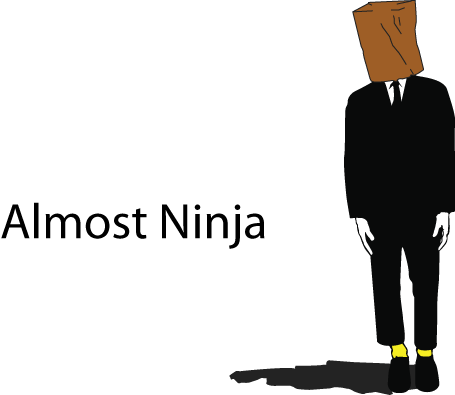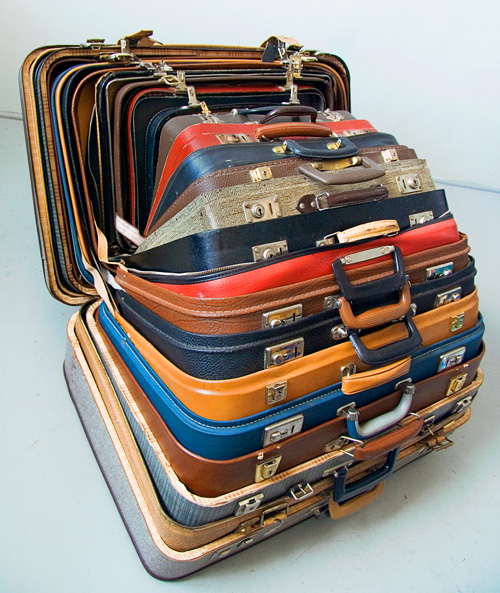
In the framework of the Shanghai Biennale 2010, curating is not about reaching conclusions, investigation or representation, but about organizing rehearsals. As long as a rehearsal is going on, the theatre of exhibition will remain open to the future. Today, the productivity of the art system far outstrips individual creativity.
For the Shanghai Biennale 2010, rehearsing is not a metaphor for a form of exhibition, but a way of thinking and operating strategy. What the Biennale aims to achieve is to invite a wide range of participants: artists, curators, critics, collectors, museum directors and members of the audience to rehearse in the Biennale, a fertile theatre to reflect on the relations between artistic experimentation and the art system, between individual creativity and the public domain.
This biennale defines itself as a rehearsal, as a reflective space of performance. As Brecht has noted, "Actors in rehearsal do not wish to 'realize' an idea. Their task is to awaken and organize the creativity of the other. Rehearsals are experiments, aiming to explore the possibilities of the here and now. The rehearser's task is to expose all stereotyped, clichéd and habitual solutions." The rehearsal of the 8th Shanghai Biennale is a self-performative act of the art world, a constant attempt at self-reminder and self-liberation. Rehearsal is wielded against performance, production and discursive practice. The responsibility of the curators is to differentiate, organize and then mobilize.
Rehearsal as a theme accentuates the sense of presence and action and aptly divides the curatorial work of the Shanghai Biennale 2010 into two parts: Exposition and Recapitulation. Exposition refers to the rehearsal tournaments scheduled to be consecutively opened between July and October 2010. AndRecapitulation is to return the rehearsal tournaments back to the main body of the exhibition in Shanghai, with the tournaments comprising its core content and groundwork. The two steps, Expositionand Recapitulation are part of the processes of trial and experimentation of the theme of the Shanghai Biennale on the international stage and it can also be viewed as the Biennale's emulation of and feedback to the international art scene.
The rehearsal tournaments are scheduled to start in July 2010 and close in October of the same year. The Biennale plans to invite around twenty influential thinkers, curators and artists from across the world to participate in the rehearsal tournaments. An Acting Committee will be formed at the executive level to assist the curators in academic research and organization of the tournaments.
The rehearsal tournaments will bring together thinkers, artists and curators in an attempt to accentuate the convergence of discourse and visual production. Each rehearsal will last a week and be housed in different artistic institutions, with works in progress by local artists as its basic plot and the artists' investigatory document and sensory materials as props. The black box of artistic creation will be revealed by the exposition of the whole creative process, so that it may become a rehearsal ground. Thinkers and curators are invited to play a role in the rehearsal by participating via various means ranging from debates to public speaking to writing. The aim is to unleash the manifold possibilities previously sealed in individual creativity. As a creative laboratory, the rehearsal tournaments will manage to integrate the resources of artistic creation, artists' ideas, art history, restrictions on the art system, critical discourse as well as the public by juxtaposing them on the stage for a rehearsal.
For the Shanghai Biennale 2010, rehearsing is not a metaphor for a form of exhibition, but a way of thinking and operating strategy. What the Biennale aims to achieve is to invite a wide range of participants: artists, curators, critics, collectors, museum directors and members of the audience to rehearse in the Biennale, a fertile theatre to reflect on the relations between artistic experimentation and the art system, between individual creativity and the public domain.
This biennale defines itself as a rehearsal, as a reflective space of performance. As Brecht has noted, "Actors in rehearsal do not wish to 'realize' an idea. Their task is to awaken and organize the creativity of the other. Rehearsals are experiments, aiming to explore the possibilities of the here and now. The rehearser's task is to expose all stereotyped, clichéd and habitual solutions." The rehearsal of the 8th Shanghai Biennale is a self-performative act of the art world, a constant attempt at self-reminder and self-liberation. Rehearsal is wielded against performance, production and discursive practice. The responsibility of the curators is to differentiate, organize and then mobilize.
Rehearsal as a theme accentuates the sense of presence and action and aptly divides the curatorial work of the Shanghai Biennale 2010 into two parts: Exposition and Recapitulation. Exposition refers to the rehearsal tournaments scheduled to be consecutively opened between July and October 2010. AndRecapitulation is to return the rehearsal tournaments back to the main body of the exhibition in Shanghai, with the tournaments comprising its core content and groundwork. The two steps, Expositionand Recapitulation are part of the processes of trial and experimentation of the theme of the Shanghai Biennale on the international stage and it can also be viewed as the Biennale's emulation of and feedback to the international art scene.
The rehearsal tournaments are scheduled to start in July 2010 and close in October of the same year. The Biennale plans to invite around twenty influential thinkers, curators and artists from across the world to participate in the rehearsal tournaments. An Acting Committee will be formed at the executive level to assist the curators in academic research and organization of the tournaments.
The rehearsal tournaments will bring together thinkers, artists and curators in an attempt to accentuate the convergence of discourse and visual production. Each rehearsal will last a week and be housed in different artistic institutions, with works in progress by local artists as its basic plot and the artists' investigatory document and sensory materials as props. The black box of artistic creation will be revealed by the exposition of the whole creative process, so that it may become a rehearsal ground. Thinkers and curators are invited to play a role in the rehearsal by participating via various means ranging from debates to public speaking to writing. The aim is to unleash the manifold possibilities previously sealed in individual creativity. As a creative laboratory, the rehearsal tournaments will manage to integrate the resources of artistic creation, artists' ideas, art history, restrictions on the art system, critical discourse as well as the public by juxtaposing them on the stage for a rehearsal.














